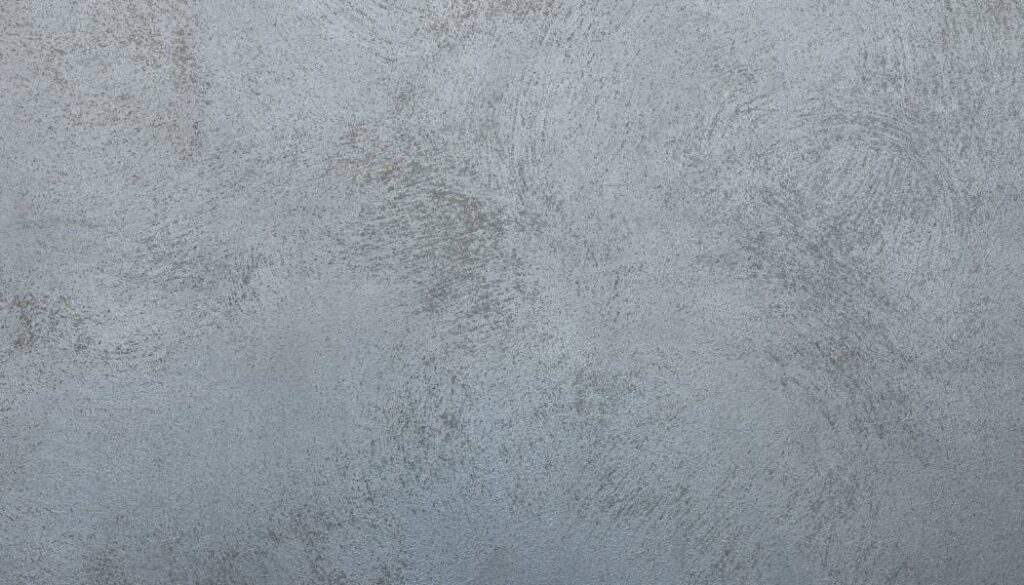

In Jericho, a cult arose where human skulls were decorated with plaster and painted to appear lifelike. In Egypt, gypsum was burned in open fires, crushed into powder, and mixed with water to create plaster, used as a mortar between the blocks of pyramids and to provide a smooth facing for places. Plaster was first used as a building material and for decoration in the Middle East at least 7,000 years ago. In the ancient world, as well as the sort of ornamental designs in plaster relief that are still used, plaster was also widely used to create large figurative reliefs for walls, though few of these have survived. In art, lime plaster is the traditional matrix for fresco painting the pigments are applied to a thin wet top layer of plaster and fuse with it so that the painting is actually in coloured plaster. Various types of models and moulds are made with plaster. In dentistry, plaster is used to make dental models by pouring the material into dental impressions. In medicine, plaster orthopedic casts are still often used for supporting set broken bones.

Plaster is suitable for finishing rather than load-bearing, and when thickly applied for decoration may require a hidden supporting framework, usually in metal.įorms of plaster have several other uses. Plaster can be relatively easily worked with metal tools and sandpaper and can be moulded, either on site or in advance, and worked pieces can be put in place with adhesive. The reaction with water liberates heat through crystallization and the hydrated plaster then hardens. The plaster is manufactured as a dry powder and is mixed with water to form a stiff but workable paste immediately before it is applied to the surface. The most common types of plaster mainly contain either gypsum, lime, or cement, but all work in a similar way. Another imprecise term used for the material is stucco, which is also often used for plasterwork that is worked in some way to produce relief decoration, rather than flat surfaces. In English, "plaster" usually means a material used for the interiors of buildings, while "render" commonly refers to external applications. Plaster is a building material used for the protective or decorative coating of walls and ceilings and for moulding and casting decorative elements. A plaster low-relief decorative frieze is above it. This should loosen the tape, allowing for easier removal.Stucco (plaster) reliefs such as this work at the Chateau de Fontainebleau were hugely influential in Northern Mannerism. If the paint starts to pull off with the tape, score along the tape edge with a razor blade or hold a hairdryer on low heat a few inches away from the tape. When the paint is nearly dry, slowly pull the tape off at a 90-degree angle to avoid damaging the paint. Once the first coat is dry, apply a second coat, if required. Using a fresh brush or roller will help you to achieve a uniform paint finish. Avoid using the same paintbrush or roller that you used to apply your sealant.

When the sealant is completely dry, apply your top coat and leave to dry as per the manufacturer’s instructions. If the plaster doesn’t soak up the paint quickly, add more water to the paint, up to a maximum of one part paint to one part water. When applying sealant, use a paintbrush for edges and hard-to-reach surfaces and a roller for larger areas.īe sure to brush immediately, roller, or wipe out any drips to avoid a bad finish later. Sealing plaster while it’s still wet can cause mold growth and efflorescence. Alternatively, you can use watered-down paint made from four parts paint to one part water.īefore applying your sealant, be sure to check your plaster is completely dry. A common way to seal plaster is with a plaster sealant. Sealing the Plasterįresh plaster is more absorbent than when painting old plaster and needs to be sealed before painting to minimize paint absorption and provide a uniform paint finish. Wipe down the walls with a cloth damp enough to remove any sandpaper dust. When you’ve finished sanding, dust will be everywhere. Lightly rub the plaster with fine-grit sandpaper and a brush to ensure a smooth surface ready for high-quality painting. Fresh plaster may have a rough surface, which, if left untreated, will affect the paint finish. If your walls are newly plastered, you’ll first need to sand it smooth. It would be best if you also placed painter’s tape around the edges of your doors, windows, floor trim, ceiling, and anything else that’s not being painted. Prepare your room by removing wall decorations and window treatments and putting canvas drop cloths over your floor and any soft furnishings.
#Plaster painting professional#
Follow the steps below for professional results you’ll want to show off to everyone. Painting plaster walls requires more time and effort than is required for painting other types of surfaces.


 0 kommentar(er)
0 kommentar(er)
